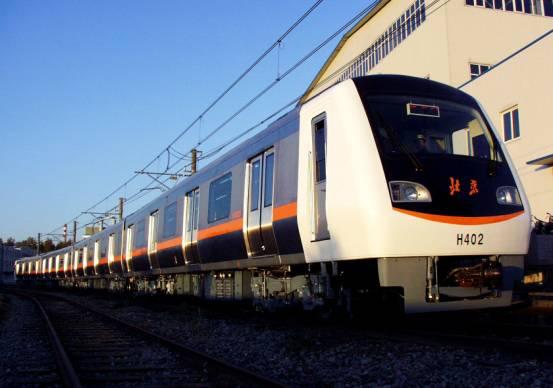
Enthusiasm for investing in urban railways is surging across the country, as this transport mode proves very convenient in cities with over 1 million people.
The enthusiasm is rooted in the opening up of the sector, allowing non-state funds to participate in the construction and operation of urban railways, said Zhou Xiaoqin, a railway expert with the China International Engineering Consulting Corporation, at the country"s first annual urban railway conference here on Thursday.
Beijing has vowed to ensure good transport facilities for the 2008 Olympic Games. But in view of the increasingly severe traffic jams in the city, the development of railways ranks high on the municipal government"s list of solutions.
"Beijing intends to increase its total length of railways to 300 kilometers by 2008 and to over 1,000 kilometers by 2020. Diversifying the investment sources will help manage the huge financial input required," Zhou said.
Though not specifically targeting railways, Liu Yongfu, director of the Beijing Municipal Construction Committee, disclosed at an earlier occasion that the diversification of funding sources to finance construction of the city"s major engineering projects will be more common in the future.
According to Liu, a lack of funding has already caused the postponement of the construction of several major roads, such as the Sixth Ring Road, whose construction will start next year.
Zhou disclosed that some 20 railway construction projects in 15 cities are under examination and subject to government approval.
The State Development and Reform Commission recently issued a circular stipulating that only cities of "considerable" economic strength are qualified to build urban railways.
But it cannot change the fact that many Chinese cities are vying for a share of the country"s planned 800-billion-yuan (96.4 billion US dollars) state investment in urban railways during the 10th Five-Year Plan period (2001-2005), according to Zhou.
By the end of 2005, the number of cities with urban railways will increase from the current four to more than 10.





